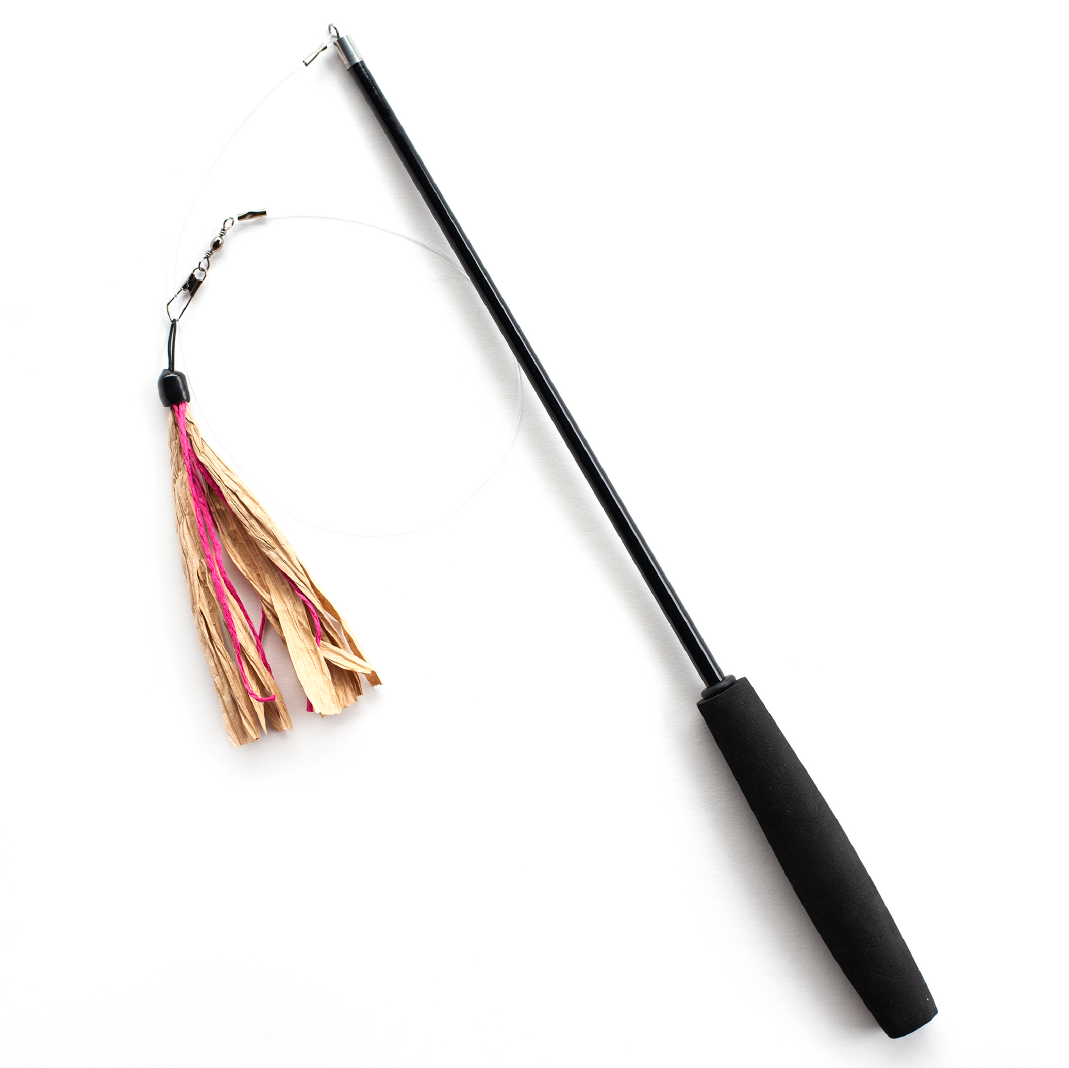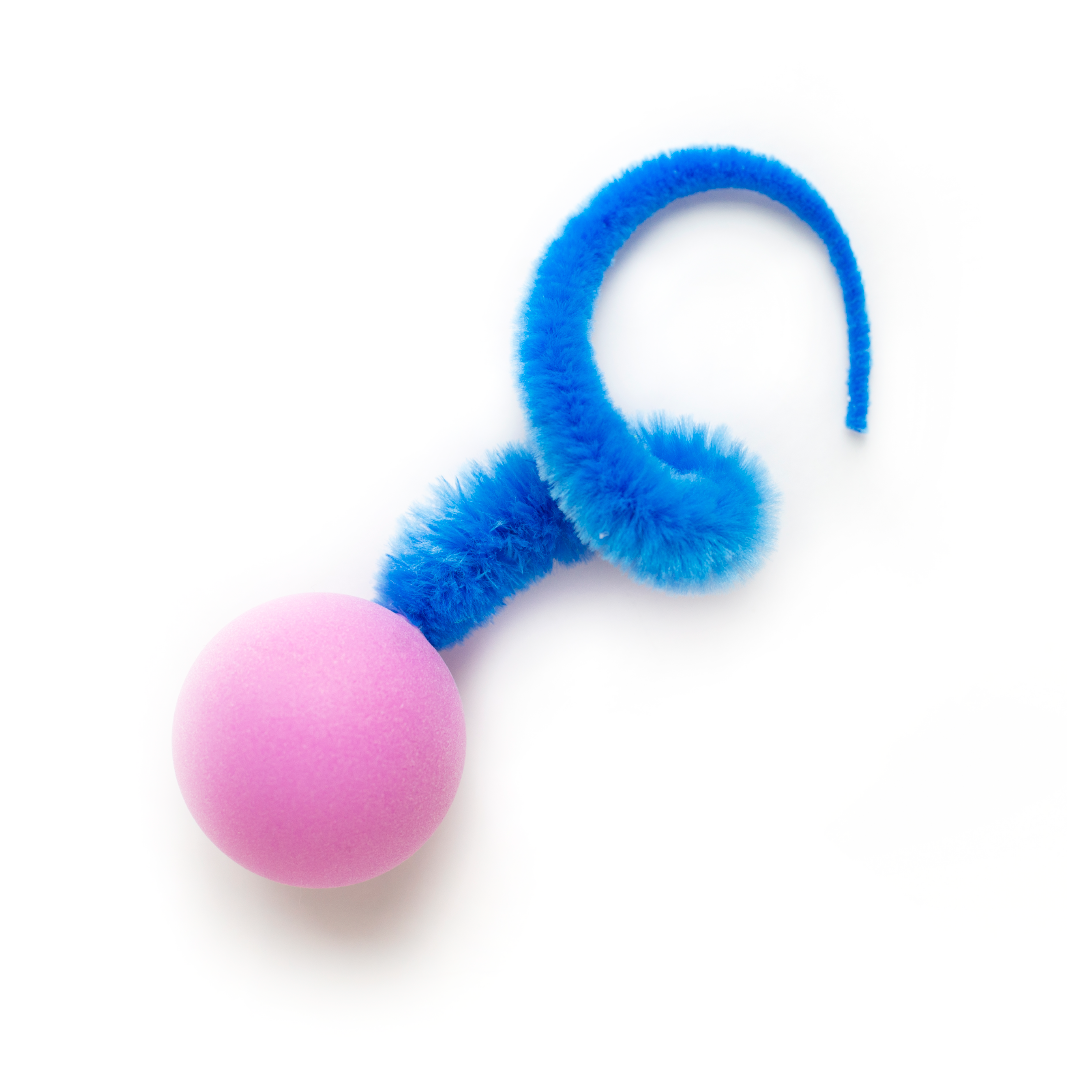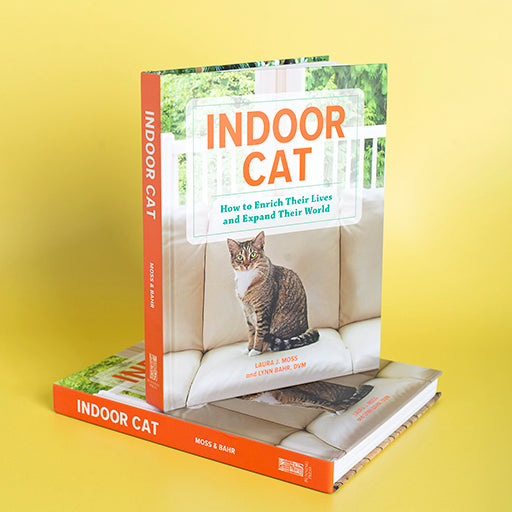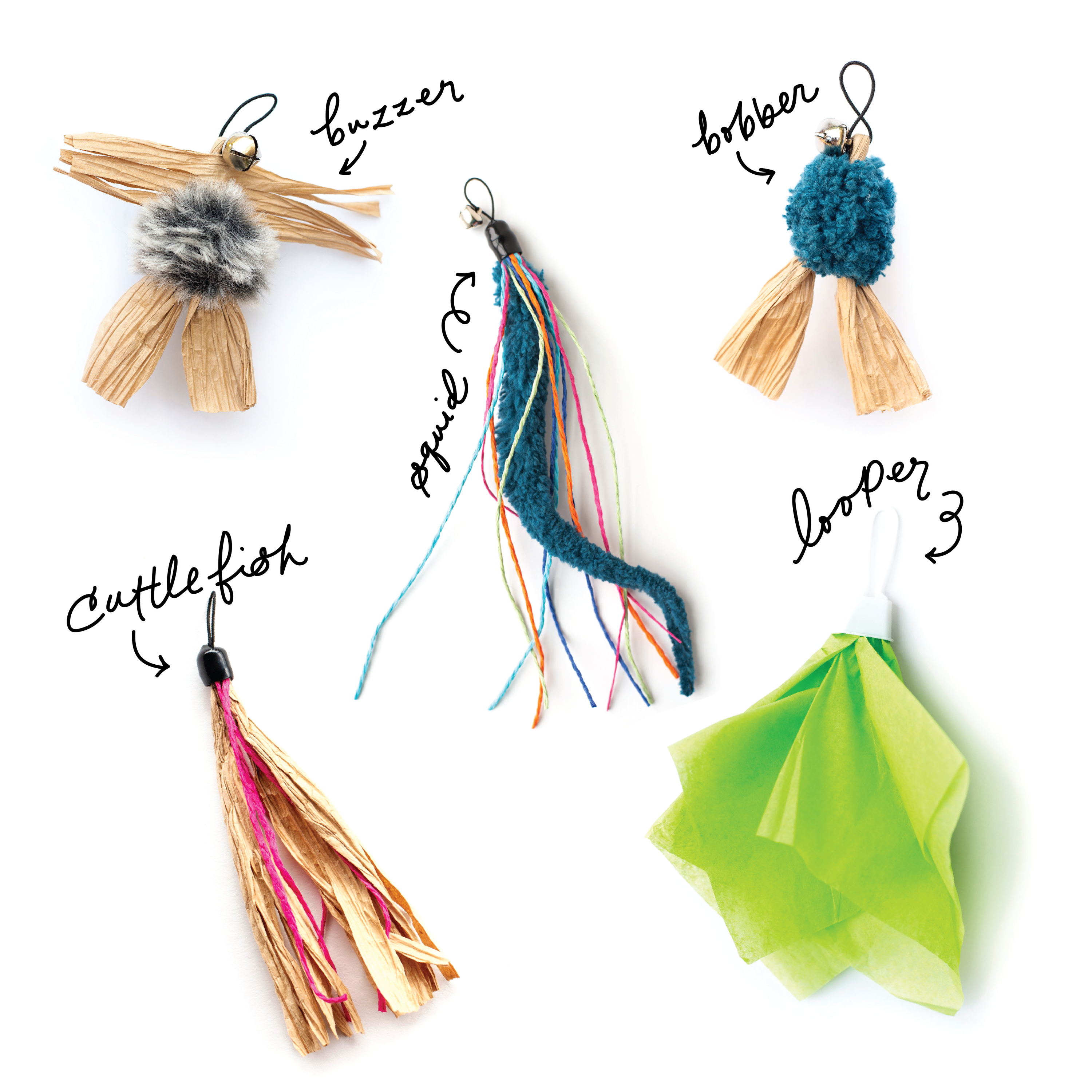Why Cats Need to Scratch to Stay Happy and Whole
Scratching is probably the most well-known of cat instincts, but it can also be the most destructive to our household. Because it’s an instinctual habit, you can’t (and shouldn't) completely eliminate the behavior. The good news is, it’s not a sign of a misbehaving kitty and it can be redirected.

Cats use their claws for a variety of reasons, and in the absence of satisfying alternatives, cats may use furniture and carpets to fulfill their need to scratch. If your kitty loves to scratch, it’s important to understand why and to provide them with solutions that will save your sofa and your sanity.
Sometimes, scratching behavior is simply a sign that kitty is trying to remove the dead outer layer of their claws. Just like fur and whiskers, claws need to be shed periodically to make room for new growth. Kitty is simply doing a little at-home exfoliation by flexing her claws.
More commonly, cats scratch to communicate and mark their territory because it leaves both their scent and a visual mark. Cats have scent glands on their paws, so they will often dig or scratch to indicate to other kitties their presence. The physical marks are just another way of expressing themselves. If your cat tends to be outgoing, this might be his way of letting you know that he’s claimed his favorite spot.

Another reason your pet may scratch is simply to get a deep, soothing stretch. Scratching helps them to flex their muscles, all the way down to their toes and claws. We all know how great it feels to stretch after we’ve been sitting for a long period of time. Cats often scratch when they wake up from a long nap. That is why it is a good idea to provide an accepted scratch post near their favorite resting place.

All of these instincts are important reasons to give our feline friends an effective outlet for their instinct to scratch. Since it is their way of communicating we want to help them voice their needs. But it’s important to observe your cat’s preferences to get them the right tools.
Scratching posts are the most common and effective alternative for cats who love to scratch the sides of furniture. If he likes to stretch up on his hind legs and shred your sofa, you might try a tall sisal scratching post, like the one we sell. If your kitty is more prone to using your area rugs or arm rests for scratch relief, you might try a scratcher that can be laid flat. The important thing is to find a texture kitty will like. Sisal material, sisal rope, cardboard, and loofah are all enticing materials that feel good to most cats. To learn more about ways to get your cat to scratch the right things here.

For both of these options, place the new scratcher near their favorite scratching locations and use a cat attractant like catnip or Cloud Nine Silver Vine to get them interested. You’ll also want to discourage him from scratching other items in your house, especially his old stand-bys. For many cats, this can be as simple as covering the chair with a piece of plastic to prevent it from further damage and to remove it completely.
Some cats, however, may need a little more training. You can start by spraying the area you don’t want them to scratch with a citrus scent or a product specifically made to deter unwanted pet behaviors. You can also try applying double-sided tape or aluminum foil to areas you don’t want kitty to scratch. The sound and texture may be enough to keep them from returning after a while. Remember, never reprimand your kitty by yelling at him or spraying him with a bottle of water as this will not correct the behavior and will only spark a negative reaction. Always use positive reinforcement when training cats.

Make sure you have provided your kitty with several alternate scratching posts that feel better to scratch than your furniture. Remember that she will need multiple posts in the home, both vertical and horizontal, preferably with different textures. Over time, your cat will understand that you want him to scratch his toys and not your furniture, and you’ll both be happier in the long run.











